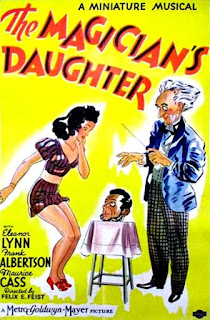U.S. Government orders magic books for troops all over the world
From 1943 to 1947, some 122 million books were published and printed by the Council on Books in Wartime, an American non-profit organisation. Known as Armed Services Editions (A.S.E.s), the books were all reprints of popular fiction and non-fiction titles, printed in lightweight, paperback formats, half the size of regular paperbacks. They were sent out to the U.S. military in every theatre of war.
The idea was that service men and women could carry them in a hip pocket or stuff them in their rucksacks. Ostensibly aimed at keeping the troops entertained, the books also educated readers about political, historical, and military issues. The slogan of the Council on Books in Wartime was: “Books are weapons in the war of ideas.”
Given to service members for free, the A.S.E. books were enormously popular. A contemporary newspaper article recounted: “The hunger for these books, evidenced by the way they are read to tatters, is astounding”. G.I.s wrote that the A.S.E.s “are as popular as pin-up girls”, or that “to heave one in the garbage can is tantamount to striking your grandmother”. A lieutenant in the Marshall Islands wrote of seeing men devour books “by a dim flashlight under a shelter half, even after the air-raid siren has already blown and they should be in a foxhole.” A.S.E.s were the first books some readers had picked up since high school, and for some, the first they had read cover to cover.
In 1944, John Mulholland wrote The Art of Illusion: Magic for Men to Do. It was a general magic book aimed at amateur magicians. A prolific writer on magic, Mulholland was also editor of The Sphinx, one of the largest magic magazines of the day. In the same year, The Amazing Dunninger (Joseph Dunninger) wrote What’s on Your Mind? The Mystery and Technique of Thought Reading, leveraging the popularity of his wartime radio broadcasts in America.
Within a few months of their publication, both books were selected by the Council on Books in Wartime to be A.S.E. reprints. They were the only magic books chosen, out of 1,300 A.S.E. titles, most of which were fiction. The Art of Illusion was printed and distributed around the globe in November 1944. What’s on Your Mind? followed in May 1945, the last month of the war in Europe. From small Pacific islands, to field hospitals, long bombing flights, and in advancing units liberating Europe, soldiers discovered the delight of entertaining their colleagues with simple magic tricks and mind-reading stunts. Momentarily, magic distracted G.I.s, giving them respite from the boredom and horrors of war.
Without doubt, The Art of Illusion and What’s on Your Mind? were the most popular magic books of World War Two, by quantity produced. An estimated 100,000 copies of each were reprinted, adding to the thousands of hardcover editions sold to the American public. More than any other magic books of the era, these two titles democratised magic, making beginner’s guides available and accessible to a huge readership. The booming post-war interest in magic and mentalism, must have been nurtured by these notable books.








Comments
Post a Comment